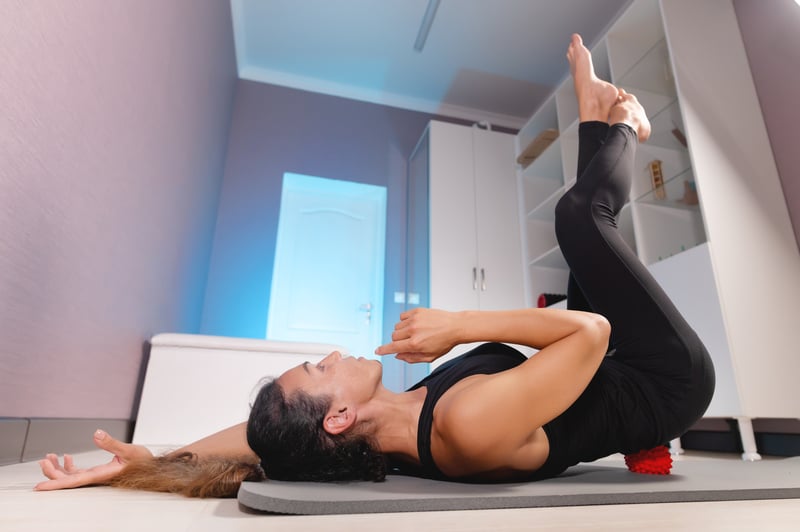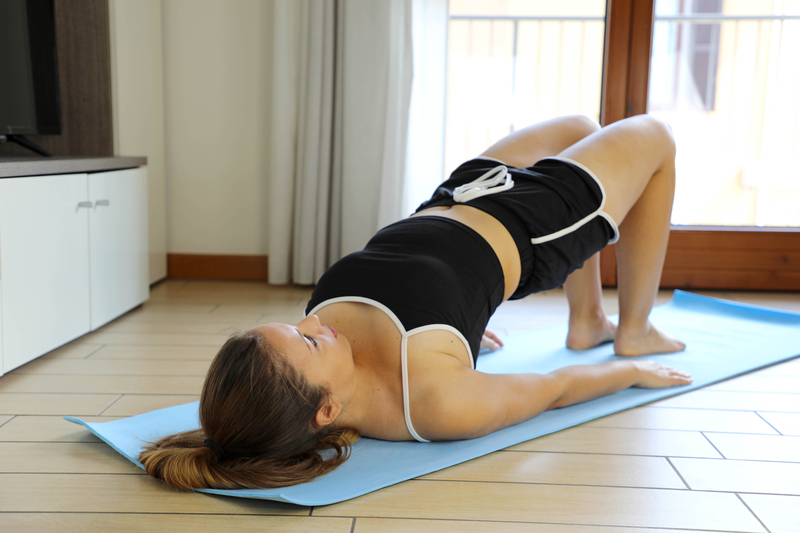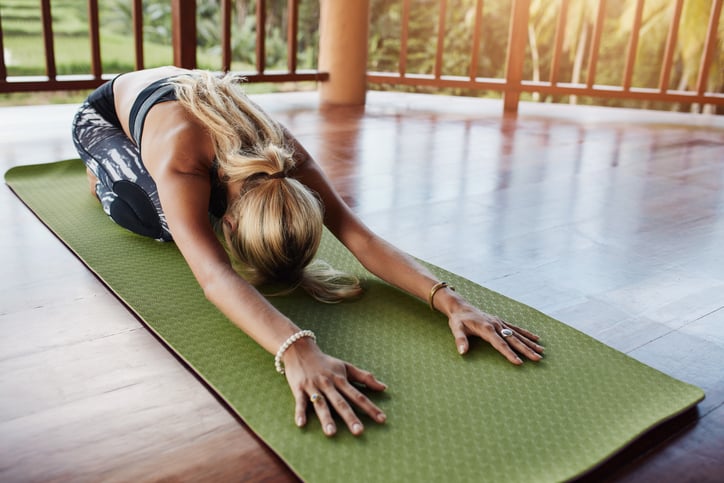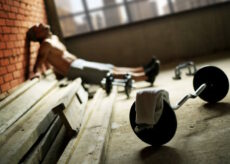What to Do When Lower Back Pain Hits

Many people who experience back pain can attest to the fact that they will do just about anything for lower back pain relief. From a dull, achy feeling all the way to sharp or shooting pain down the leg, back pain can manifest in different ways and can register from minimal to extreme. A back injury can affect every aspect of your daily life, including sitting, standing, moving, and twisting, and it often leaves people down for the count for weeks at a time.
What Causes Lower Back Pain?
Because there are so many moving parts to the back, back pain is a very common problem. Most people are likely to experience a form of back pain at some time in their lives, and there are a lot of potential causes.
Inactive lifestyle—if you are sedentary and don’t move about much, chances are good that at some point, your muscles will weaken, and you’ll sustain an injury leading to back pain.
Tight hamstrings—any tightness present in the muscles can throw off your body. But, when it comes to back pain, tight hamstrings might be the culprit. A lack of flexibility in these muscles can affect your alignment and put extra stress on the hips and joints. And, if you’re already dealing with back pain, then loosening these tight muscles will also help reduce your suffering.
Weight gain—carrying too much body fat can also put additional stress on already weak muscles, opening the window for injury and strain.
Weak glutes—the strength of the glutes is also a big factor when it comes to back pain. Weak gluteus muscles can allow for abnormal movement patterns, which can change your gait and throw joints like hips, knees, and ankles into misalignment. All of this can result in lower back pain, stress, and injury.
Strained muscles and tendons—this is often the cause of more sudden onset lower back pain. You might have overworked a certain area or perhaps twisted suddenly or lifted a weight improperly. This can cause a strain, which could translate to lower back pain.
Weak abdominals—your back and your abs work together to form a supportive “girdle” around your midsection. When your abs are weak, you’ll create an imbalance in that supportive setup, leaving your back vulnerable to injury.
Arthritis—as you age, you can also develop painful arthritis, which can limit movement and cause lower back discomfort. This can be a normal part of the aging process, but nevertheless, arthritis sufferers can also benefit from strategies to reduce back pain.
Disc issues—if a disc (the padding between the vertebrae in your spine) becomes inflamed or herniated, it can press on surrounding nerves and cause significant pain. It’s best to see a medical professional if the pain persists or if you have pain that radiates down your leg.
Do These Stretches for Lower Back Pain Relief
As you know, one of the causes of lower back pain is tight muscles. Stretching exercises can help not only loosen these muscles but also relieve tension in the surrounding areas.
90-90 Stretch—this sounds easy enough (unless you’re inflexible). Start by sitting on the ground with your right leg in front of you and bent at 90 degrees. Bring your left leg behind you and also bend 90 degrees at the knee. Place your hands on each side of your front leg and lean forward into a good stretch. Repeat for the opposite leg.

Wall & Ball—this is less of a stretch and more of a tension-release exercise. Lie on your back with your knees bent and your feet on the wall. Lift your hips and place a therapy ball (or racquetball) under the area that hurts. (Just make sure you never have the ball directly on the spine.) Next, slowly lower your hips down onto the ball until it gently presses on the area. Monitor the pressure by keeping your hips engaged. Slowly work the sore area and surrounding tissues to release knots and tension by moving your hips to relocate the ball.

Glute Bridges—this is always a good stretch. Start with your feet about hip-width apart with your hips on the ground and arms by your sides. Lift your hips as high as you can and squeeze your glutes as you do. Hold the contraction at the top of the movement for five seconds and then return to the start. Repeat.

Child’s Pose—this yoga stretch is also a tried-and-true stretch that can really help you with lower back pain relief. Begin by kneeling down and sitting back onto your heels. Next, stretch your arms out in front of you as far as you can and hold the stretch for a count of ten. Return to the seated position and repeat.

Walking—surprisingly, walking is the number one way to fix back pain. Smaller, more frequent walks throughout the day are better if you can fit them into your schedule. As you’re walking, though, check in on your posture from time to time, making sure you’re looking straight ahead (rather than down) and not rounding your shoulders or arching your back.

Other Methods to Try When Lower Back Pain Hits
When looking for relief from lower back pain, you may need to go beyond just stretching.
Alternating heat and ice—treating the affected area with both hot and cold can also help alleviate pain and reduce swelling. If using heat, try to use a moist heat, and when icing, be sure to protect your skin from direct contact with the cold. Treat for 20 minutes at a time.
Massage or Chiropractic—you can also consult with a massage therapist or chiropractor for lower back pain relief. Providing your injury is not too severe, they may be able to manipulate the spine and surrounding muscles to help ease tension, spasming, and discomfort.
Rest—and last but not least, if you’re dealing with lower back pain, it’s a good idea to rest. Give your back time to heal and the swelling to subside while you work on gentle stretches and, eventually, muscular alignment exercises.
Be patient. A lot of back problems that cause pain develop over time, and they may also take some time to improve. Keep up your daily stretching, monitor your weight, and work on your fitness to find lower back pain relief.






